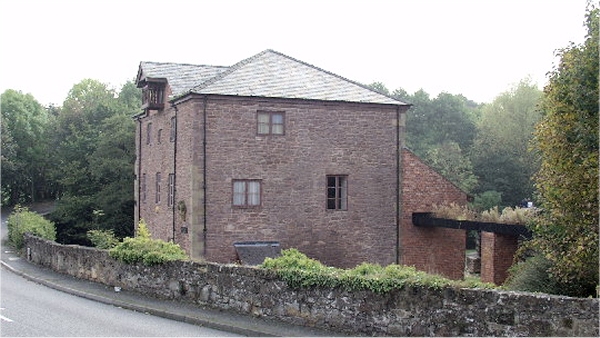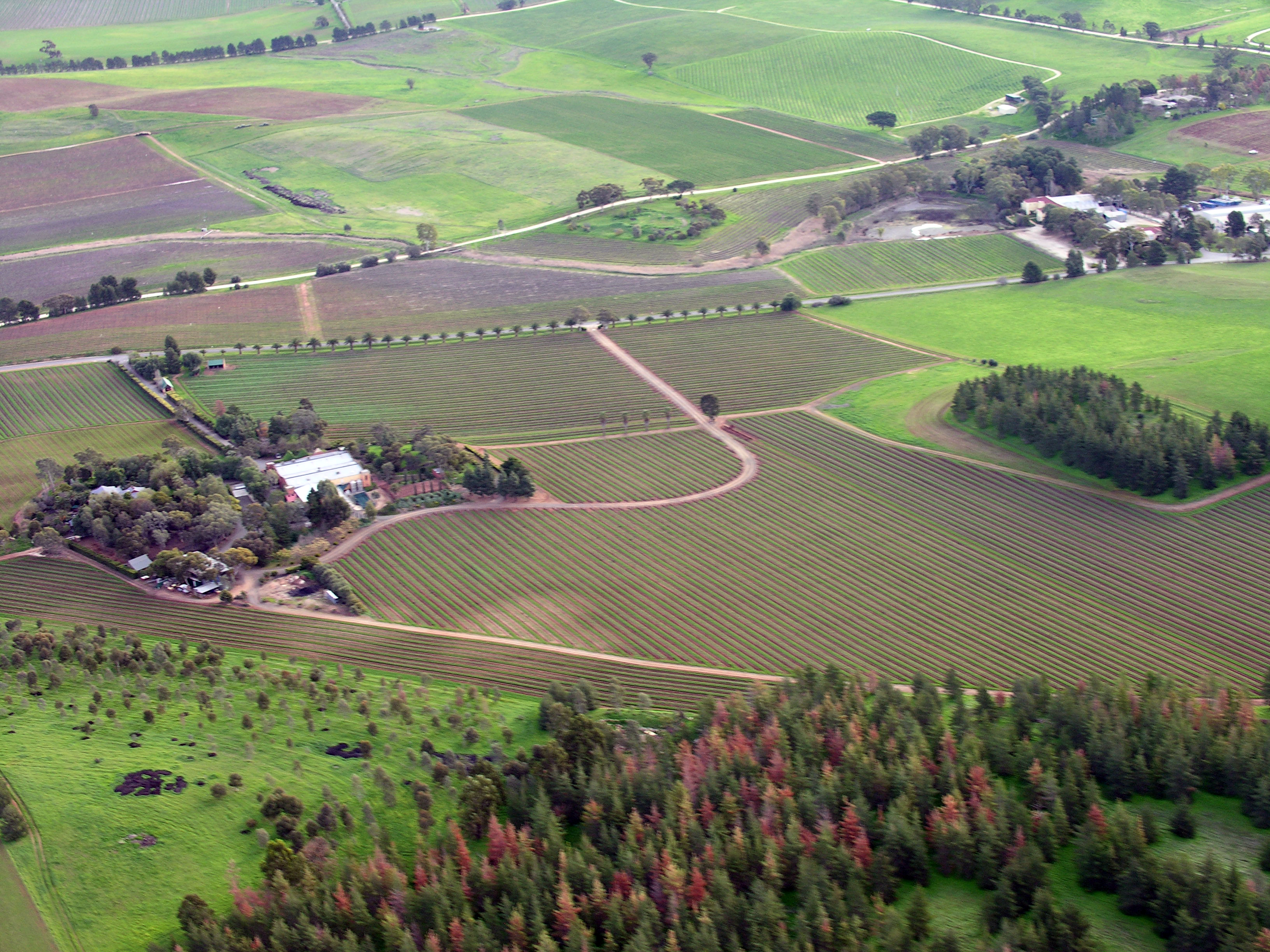|
Maelor Rural District
Maelor was a rural district in the administrative county of Flintshire, Wales, from 1894 to 1974. The area approximated to the hundred of Maelor or English Maelor ( cy, Maelor Saesneg), and was notable for forming a detached part of the county, surrounded by Cheshire, Denbighshire and Shropshire. The administrative centre was located at Overton. The district was formed as Overton Rural District by the Local Government Act 1894 from the Flintshire parishes of Ellesmere, Whitchurch and Wrexham Rural Sanitary Districts. It was renamed as Maelor Rural District in 1953. It consisted of eleven civil parishes: *Bangor on Dee * Bettisfield * Bronington * Halghton * Hanmer * Iscoyd * Overton * Penley * Tybroughton * Willington * Worthenbury The district was abolished in 1974 by the Local Government Act 1972, when it was merged into Wrexham Maelor, one of six districts of the new County of Clwyd Clwyd () is a preserved county of Wales, situated in the north-east corne ... [...More Info...] [...Related Items...] OR: [Wikipedia] [Google] [Baidu] |
Overton-on-Dee
Overton ( cy, Owrtyn) or Overton-on-Dee is a village and community in Wrexham County Borough, Wales. It is situated close to the Welsh-English border on the edge of an escarpment that winds its way around the course of the River Dee, from which Overton-on-Dee derives its name. The community of Overton, which also includes the village of Lightwood Green and a number of small hamlets including Knolton, had a total population of 1,276 at the 2001 census,Overton Community Office for National Statistics increasing to 1,382 at the 2011 Census. Geography Overton is from |
Wrexham
Wrexham ( ; cy, Wrecsam; ) is a city and the administrative centre of Wrexham County Borough in Wales. It is located between the Welsh mountains and the lower Dee Valley, near the border with Cheshire in England. Historically in the county of Denbighshire, and later the county of Clwyd in 1974, it has been the principal settlement of Wrexham County Borough since 1996. Wrexham has historically been one of the primary settlements of Wales. At the 2011 Census, it had an urban population of 61,603 as part of the wider Wrexham built-up area which made it Wales's fourth largest urban conurbation and the largest in north Wales. The city comprises the local government communities of Acton, Caia Park, Offa and Rhosddu. Wrexham's built-up area extends further into villages like Bradley, Brymbo, Brynteg, Gwersyllt, New Broughton, Pentre Broughton and Rhostyllen. Wrexham was likely founded prior to the 11th century and developed in the Middle Ages as a regional centre fo ... [...More Info...] [...Related Items...] OR: [Wikipedia] [Google] [Baidu] |
Rural Districts Of Wales
In general, a rural area or a countryside is a geographic area that is located outside towns and cities. Typical rural areas have a low population density and small settlements. Agricultural areas and areas with forestry typically are described as rural. Different countries have varying definitions of ''rural'' for statistical and administrative purposes. In rural areas, because of their unique economic and social dynamics, and relationship to land-based industry such as agriculture, forestry and resource extraction, the economics are very different from cities and can be subject to boom and bust cycles and vulnerability to extreme weather or natural disasters, such as droughts. These dynamics alongside larger economic forces encouraging to urbanization have led to significant demographic declines, called rural flight, where economic incentives encourage younger populations to go to cities for education and access to jobs, leaving older, less educated and less wealthy populati ... [...More Info...] [...Related Items...] OR: [Wikipedia] [Google] [Baidu] |
Clwyd
Clwyd () is a preserved county of Wales, situated in the north-east corner of the country; it is named after the River Clwyd, which runs through the area. To the north lies the Irish Sea, with the English ceremonial counties of Cheshire to the east and Shropshire to the south-east. Powys and Gwynedd lie to the south and west respectively. Clwyd also shares a maritime boundary with Merseyside along the River Dee. Between 1974 and 1996, a slightly different area had a county council, with local government functions shared with six district councils. In 1996, Clwyd was abolished, and the new principal areas of Conwy County Borough, Denbighshire, Flintshire and Wrexham County Borough were created; under this reorganisation, "Clwyd" became a preserved county, with the name being retained for certain ceremonial functions. This area of north-eastern Wales has been settled since prehistoric times; the Romans built a fort beside a ford on the River Conwy, and the Normans and Wel ... [...More Info...] [...Related Items...] OR: [Wikipedia] [Google] [Baidu] |
Local Government Act 1972
The Local Government Act 1972 (c. 70) is an Act of the Parliament of the United Kingdom that reformed local government in England and Wales on 1 April 1974. It was one of the most significant Acts of Parliament to be passed by the Heath Government of 1970–74. Its pattern of two-tier metropolitan and non-metropolitan county and district councils remains in use today in large parts of England, although the metropolitan county councils were abolished in 1986, and both county and district councils have been replaced with unitary authorities in many areas since the 1990s. In Wales, too, the Act established a similar pattern of counties and districts, but these have since been entirely replaced with a system of unitary authorities. Elections were held to the new authorities in 1973, and they acted as "shadow authorities" until the handover date. Elections to county councils were held on 12 April, for metropolitan and Welsh districts on 10 May, and for non-metropolitan distr ... [...More Info...] [...Related Items...] OR: [Wikipedia] [Google] [Baidu] |
Willington Worthenbury
Willington Worthenbury ( cy, Willington Wrddymbre) is a community in Wrexham County Borough, Wales, and is situated near the England–Wales border. It has an area of 2,146 hectares and a population of 730 ( 2001 census), increasing to 827 at the 2011 census. It contains the villages of Worthenbury and Tallarn Green. It is located on the eastern side of the River Dee in the English Maelor area which was formerly part of the historic county of Flintshire. It has the lowest proportion of Welsh language speakers of all the communities in Wrexham county borough, with 88.81% having no knowledge of Welsh according to the 2001 census. Worthenbury Settlement at Worthenbury may have begun as early as the tenth century. The name Worthenbury may stem from the Saxon name for a stronghold 'burgh', indicating that a fortification may have been situated there. In 1086, when the Domesday Book was compiled, Worthenbury was listed as a relatively small settlement and it was within the ... [...More Info...] [...Related Items...] OR: [Wikipedia] [Google] [Baidu] |
Tybroughton
Tybroughton, occasionally written Ty Broughton, is the name of a former civil parish, historically in the Maelor Saesneg area of Flintshire, Wales and now in Wrexham County Borough. The rather isolated rural area contains no nucleated villages, although there are a few small hamlets such as Eglwys Cross. The name is still used for an electoral ward of the community of Bronington. History Tybroughton was anciently a township (an administrative subdivision) of the parish of Hanmer: D. R. Thomas speculated that it was identifiable with the lost manor of 'Burwardestone' mentioned in the Domesday Book.Thomas, ''A History of the Diocese of St. Asaph'', 1874, p.821 The Wrexham historian Alfred Neobard Palmer said that the Welsh language place name Tybroughton was recorded as early as 1405 "''and can only mean 'Broughton's House' ''".Palmer, ''Ancient Tenures of Land in North Wales and the Marches'', 1910, p.248 Tybroughton was also recorded in 1699 by the antiquary Edward Lhuyd,Davi ... [...More Info...] [...Related Items...] OR: [Wikipedia] [Google] [Baidu] |
Penley
Penley ( cy, Llannerch Banna) is a village in the County Borough of Wrexham, in Wales close to the border with Shropshire, England, and had a population of 606 as of the 2011 census. The village was, until 1974, in an exclave of the ancient county of Flintshire known as ''Maelor Saesneg''. (English: "English-speaking Maelor"), sometimes called "''Flintshire Detached''", which was administered from Overton-on-Dee. Between 1974 and 1996, Penley was in the short-lived county of Clwyd. Penley lies on the path of the long-distance walk, the '' Maelor Way''. Church and parish history Penley Church was originally built in 1538. The timber structure was replaced by a brick one in 1793. This was demolished in 1893, and the current church was completed in 1899; it was consecrated in 1902, and dedicated to Mary Magdalene. Penley was originally part of the parish of Ellesmere in neighbouring Shropshire, but it became a separate parish towards the end of the Commonwealth period. In ea ... [...More Info...] [...Related Items...] OR: [Wikipedia] [Google] [Baidu] |
Iscoyd
Whitewell is a dispersed rural settlement, and surrounding ecclesiastical parish, in the east of Wrexham County Borough, Wales. The Welsh language name of the parish, and of the area's former civil parish, is ''Iscoed'', historically spelled as ''Iscoyd''.Iscoyd / Whitewell Clwyd Family History Society The name can be translated as "below wood" or "underwood".Davies, ''Flintshire Place-names'', 1959, p.90 History Recorded as early as 1570, the chapel at Whitewell was originally a to Malpas in |
Hanmer, Wales
Hanmer is a village and community in Wrexham County Borough, Wales. At the 2001 Census the population of the Hanmer community area, which includes Hanmer village itself, Horseman's Green, Halghton and Arowry along with a number of small hamlets, was recorded at 726, reducing to 665 at the 2011 Census. History The village of Hanmer lies at the northern end of Hanmer Mere, part of the 'Shropshire lake district' of meres which was formed during the last ice-age. By the time of the Roman invasion (47 AD), the area was part of the lands occupied by the Cornovii, one of the tribes of ancient Britain who had their principal settlement at the Wrekin. It later became part of the Mercian region known as Wreocansaete. The name is thought to have either originally been "Handmere",Hanmer, Flintshire [...More Info...] [...Related Items...] OR: [Wikipedia] [Google] [Baidu] |
Halghton
Halghton is a dispersed settlement and former civil parish in the east of Wrexham County Borough, Wales. It is part of the community of Hanmer. History Halghton is probably identifiable with the vill of "Hulhtune" noted in a 1043 charter of Leofric, Earl of Mercia, in which he bestowed a number of vills around Hanmer on his newly created monastery at Coventry.St Chad Church and Well Parish of Hanmer and Tallrn Green The placename was again recorded in 1295 as "Halcton", and as "Halghton" as early as 1334.Davies, E. (1959) ''Flintshire Place-names'', UWP, p.83 The name is of Old English origin, and means "farm (''tun'') in a corner of land (''healh'')". [...More Info...] [...Related Items...] OR: [Wikipedia] [Google] [Baidu] |
Bronington
Bronington is a village and community in Wrexham County Borough, Wales, forming a large part of the Maelor Saesneg. Within the boundaries of the historic county of Flintshire, the community has an area of 3,482 hectares and a population of 1,228 ( 2001 Census), increasing to 1,242 at the 2011 Census. The village church, Holy Trinity, was converted from a former brick tithe barn in 1836. To the north-east of the village is Iscoyd Park, a stately home with surrounding parkland which was built around 1740 and enlarged in the 19th century. South of the village is Fenn's Moss, an area of peat bog stretching over into Shropshire, which was declared a national nature reserve in 1996 because of its importance for wildlife. Governance An electoral ward in the same name exists. This ward stretches north-west to Bangor-on-Dee Bangor-on-Dee ( cy, Bangor-is-y-coed or Bangor Is-coed) is a village and community in Wrexham County Borough, Wales, on the banks of the River Dee. Unti ... [...More Info...] [...Related Items...] OR: [Wikipedia] [Google] [Baidu] |




_(St_Chad's_church).jpg)